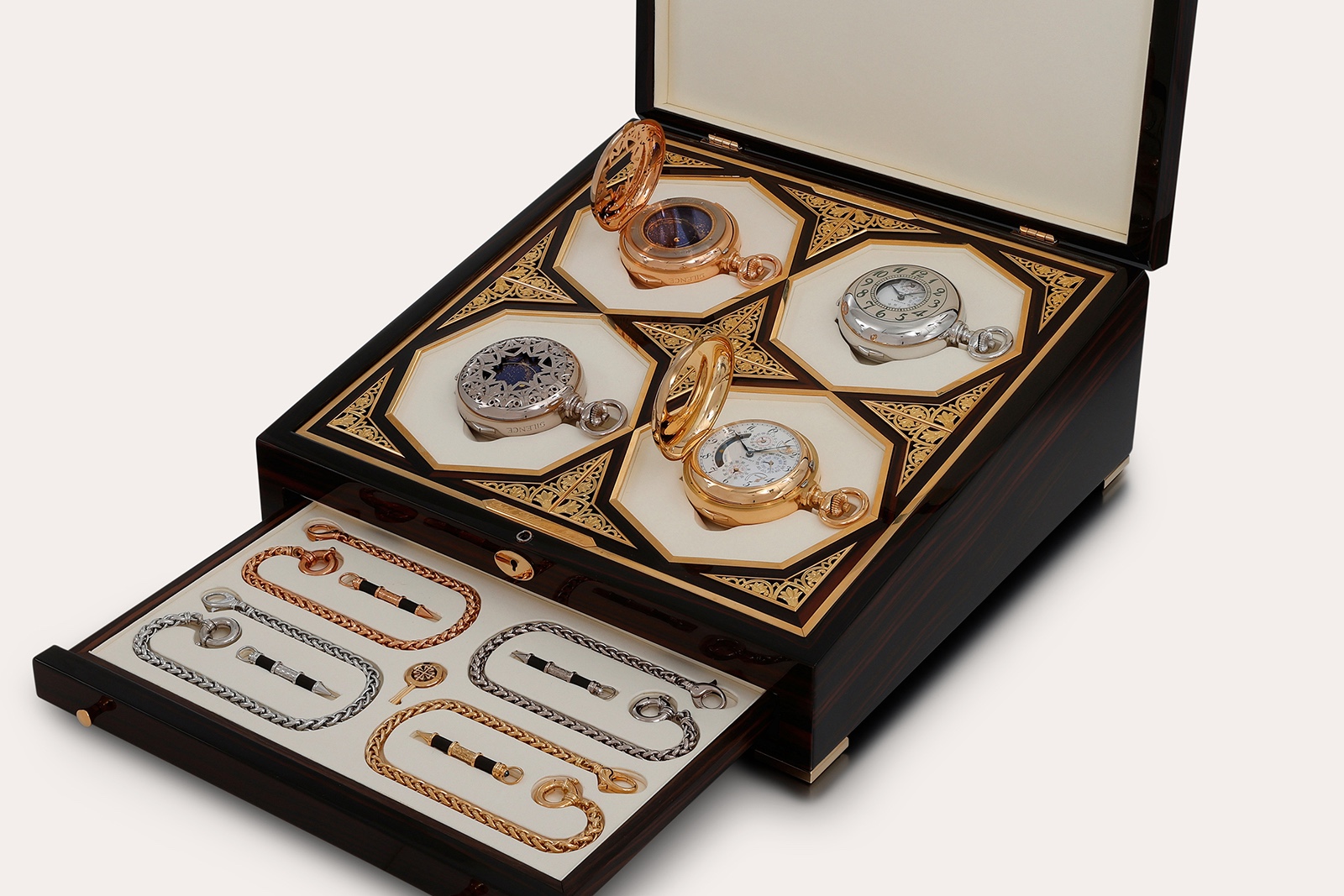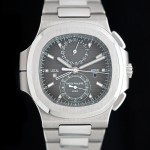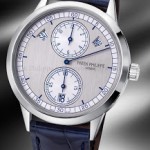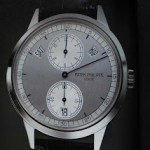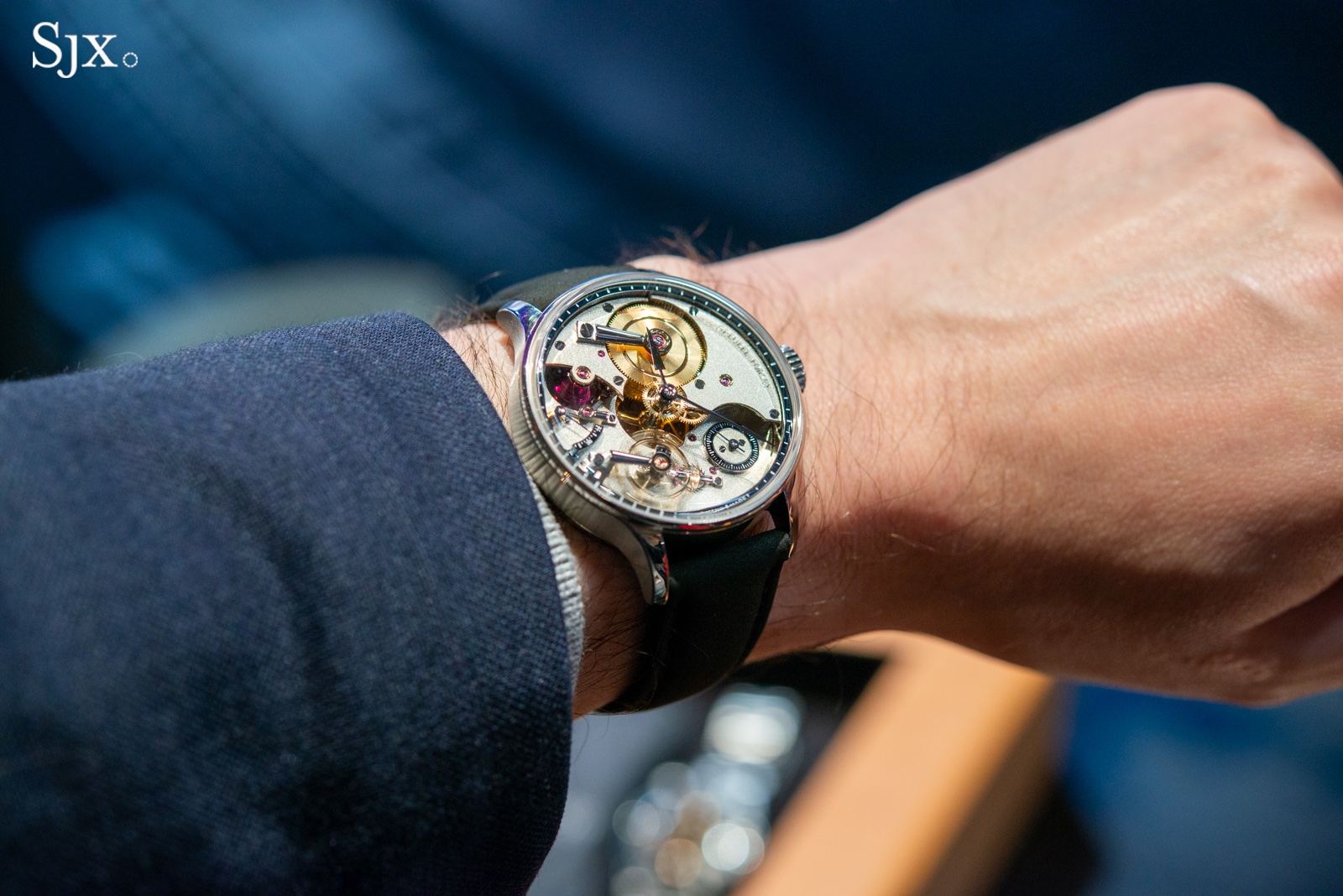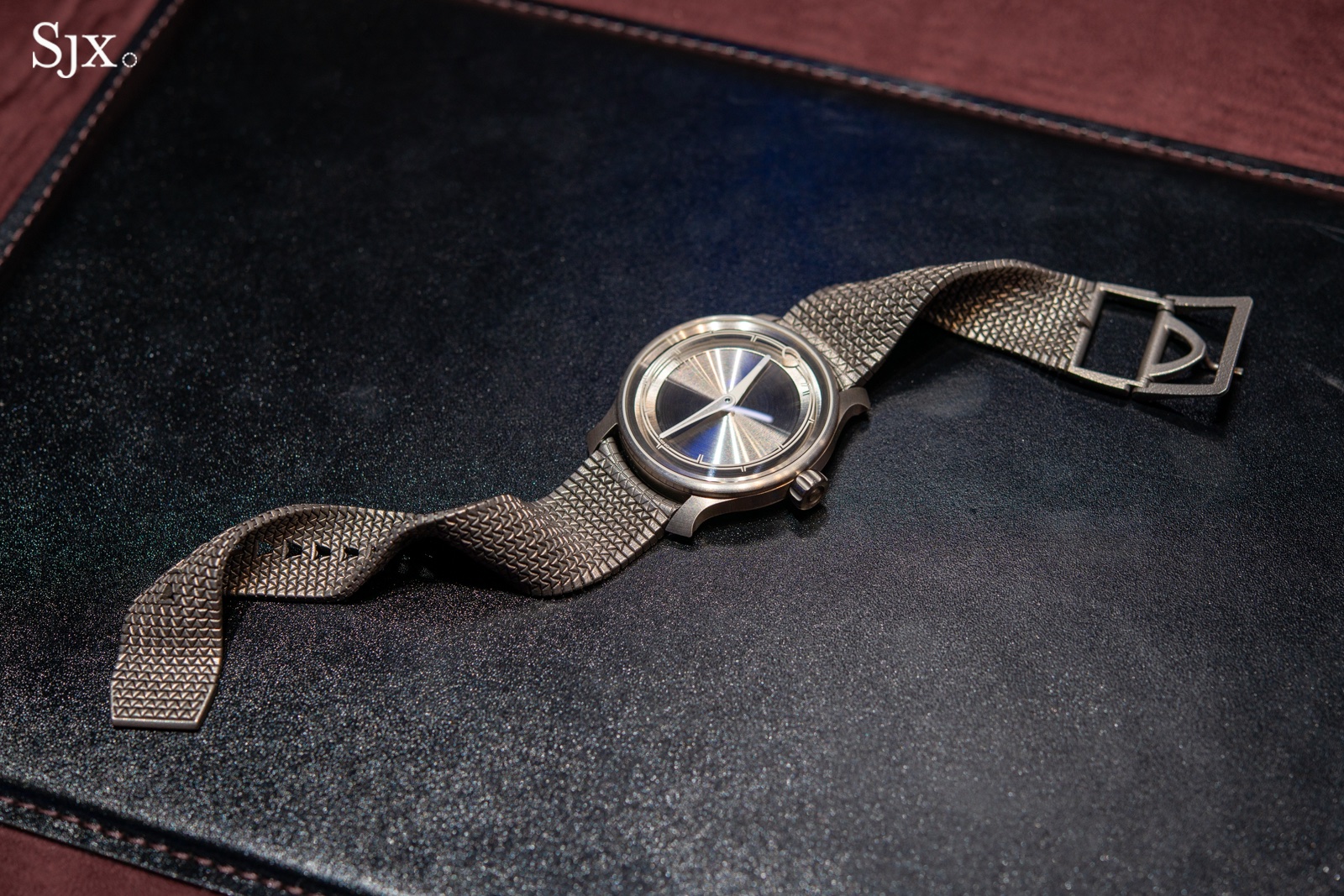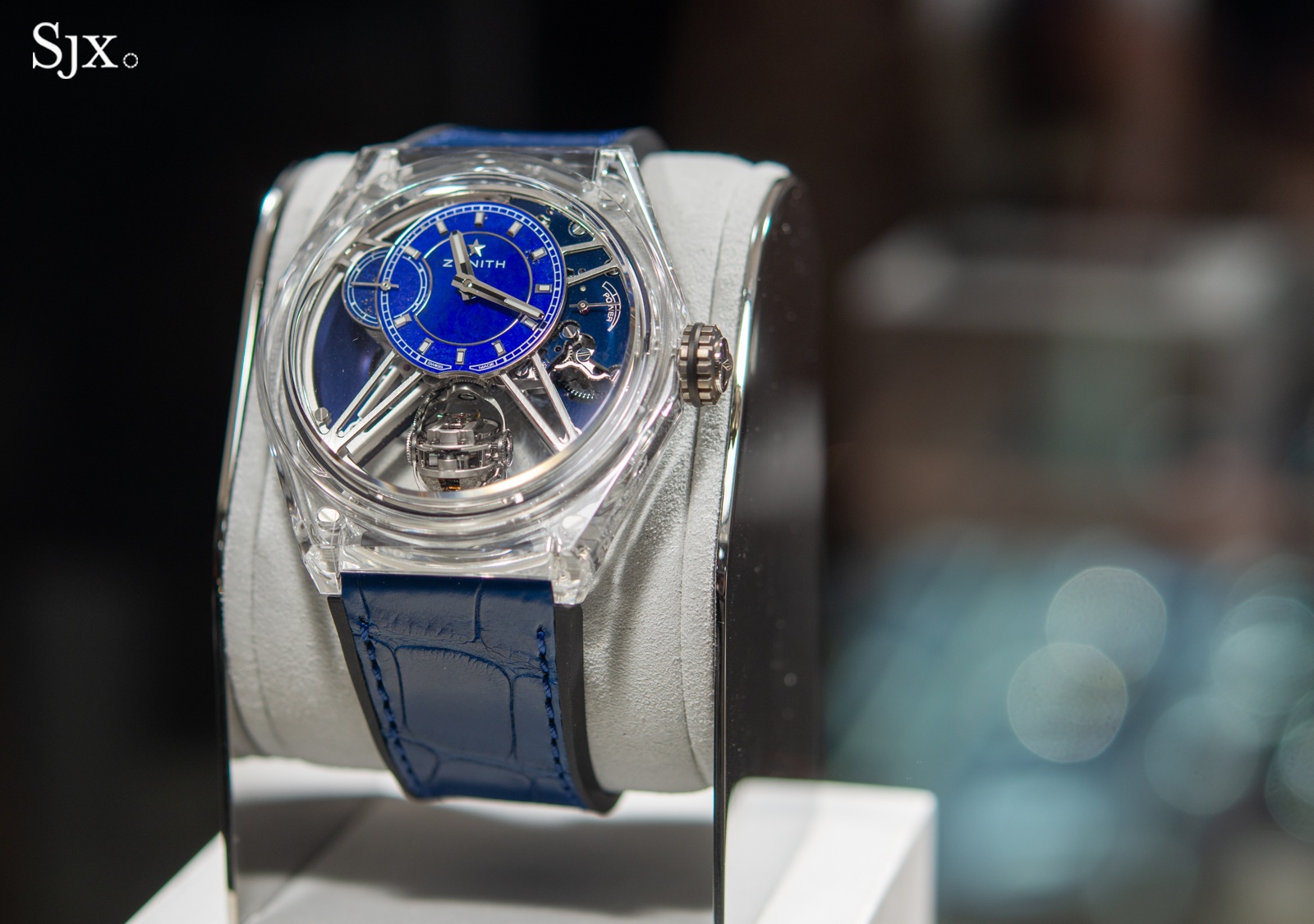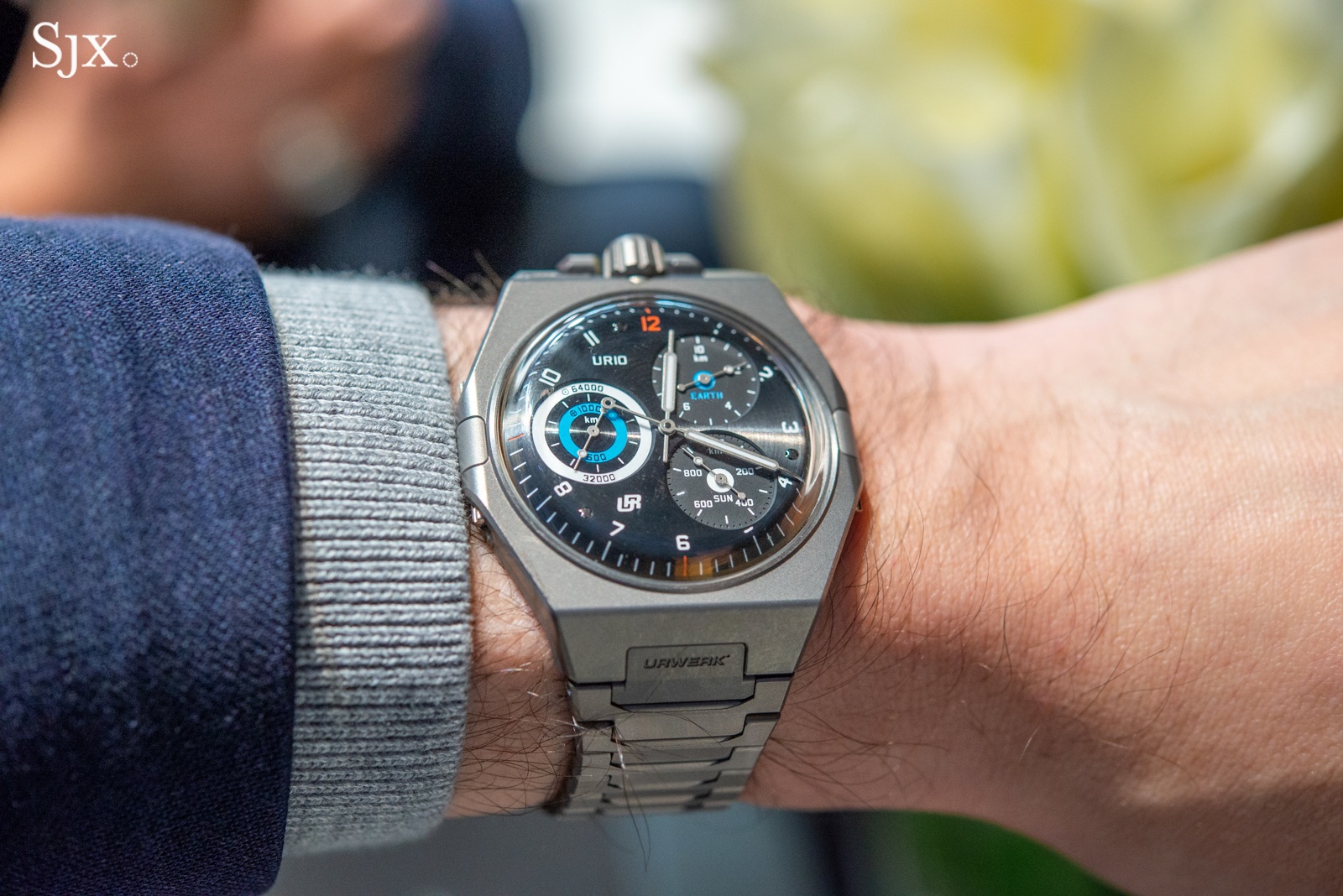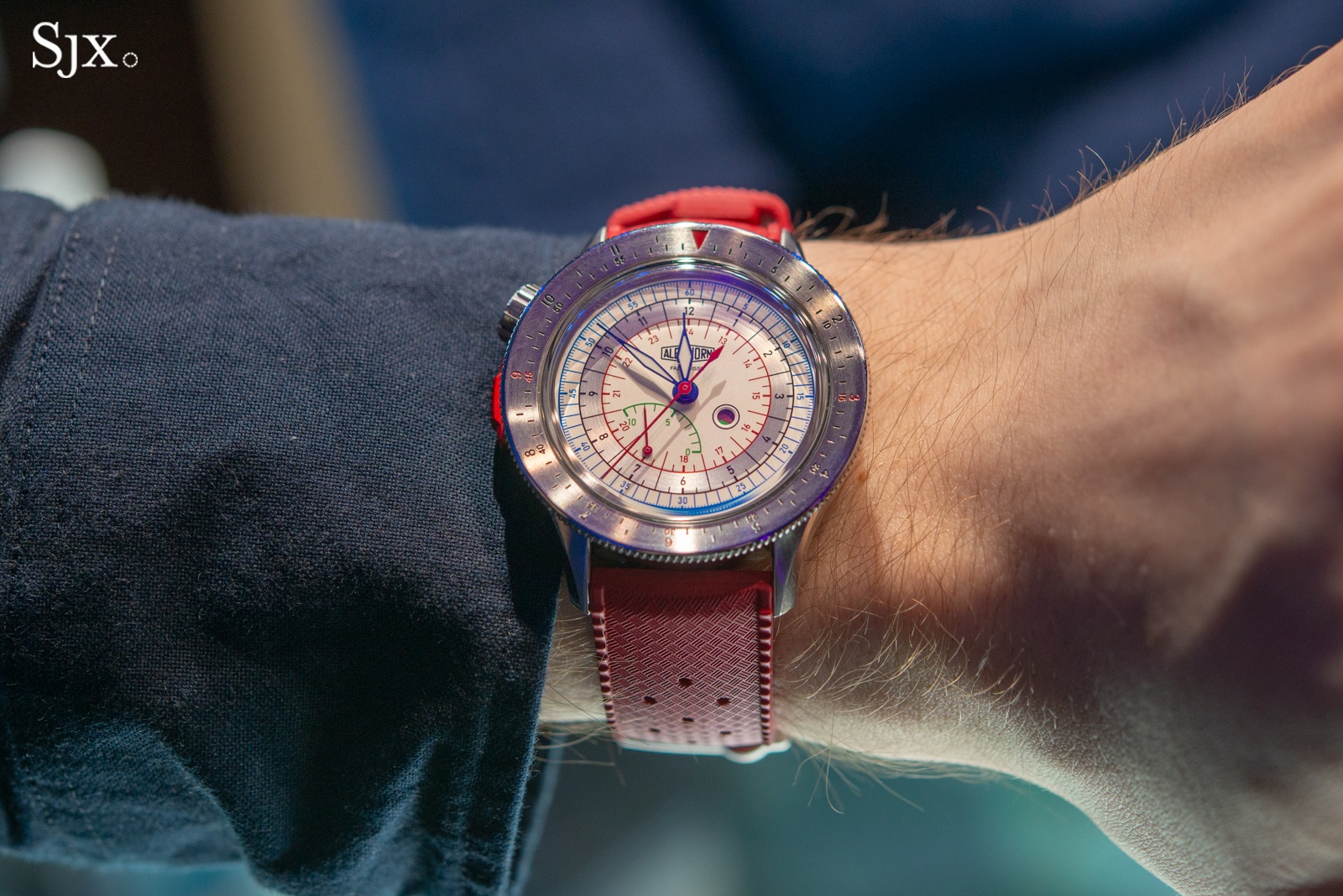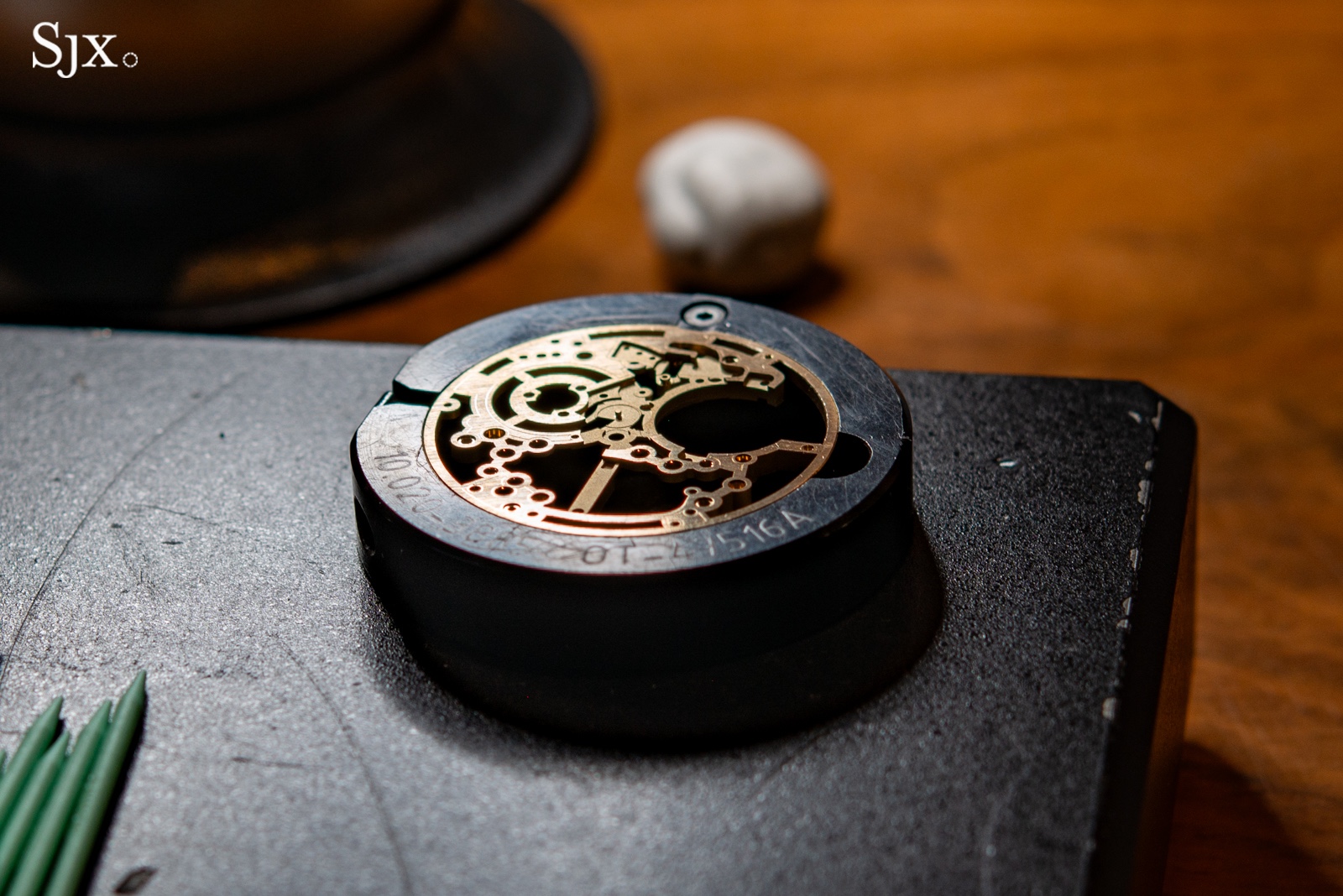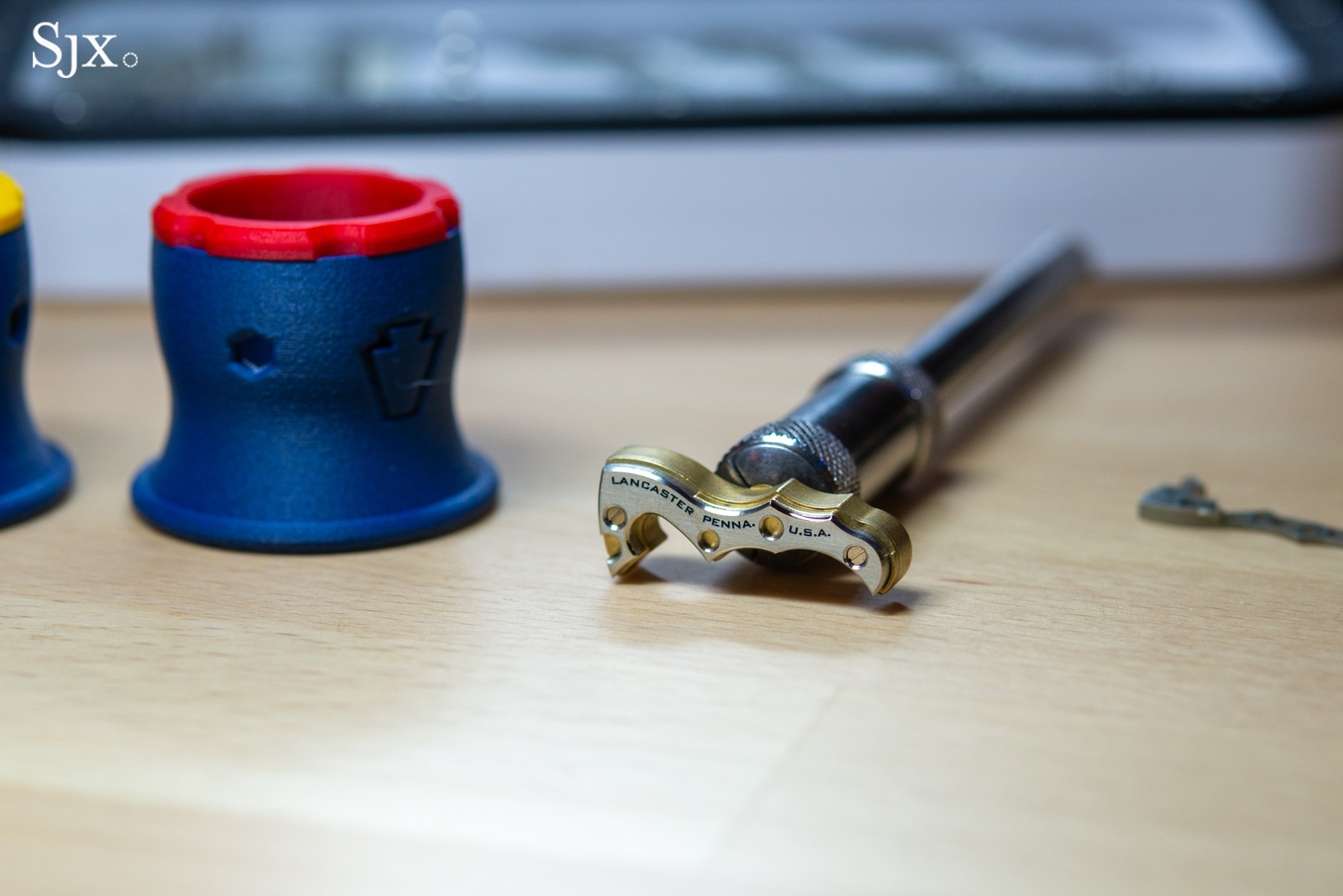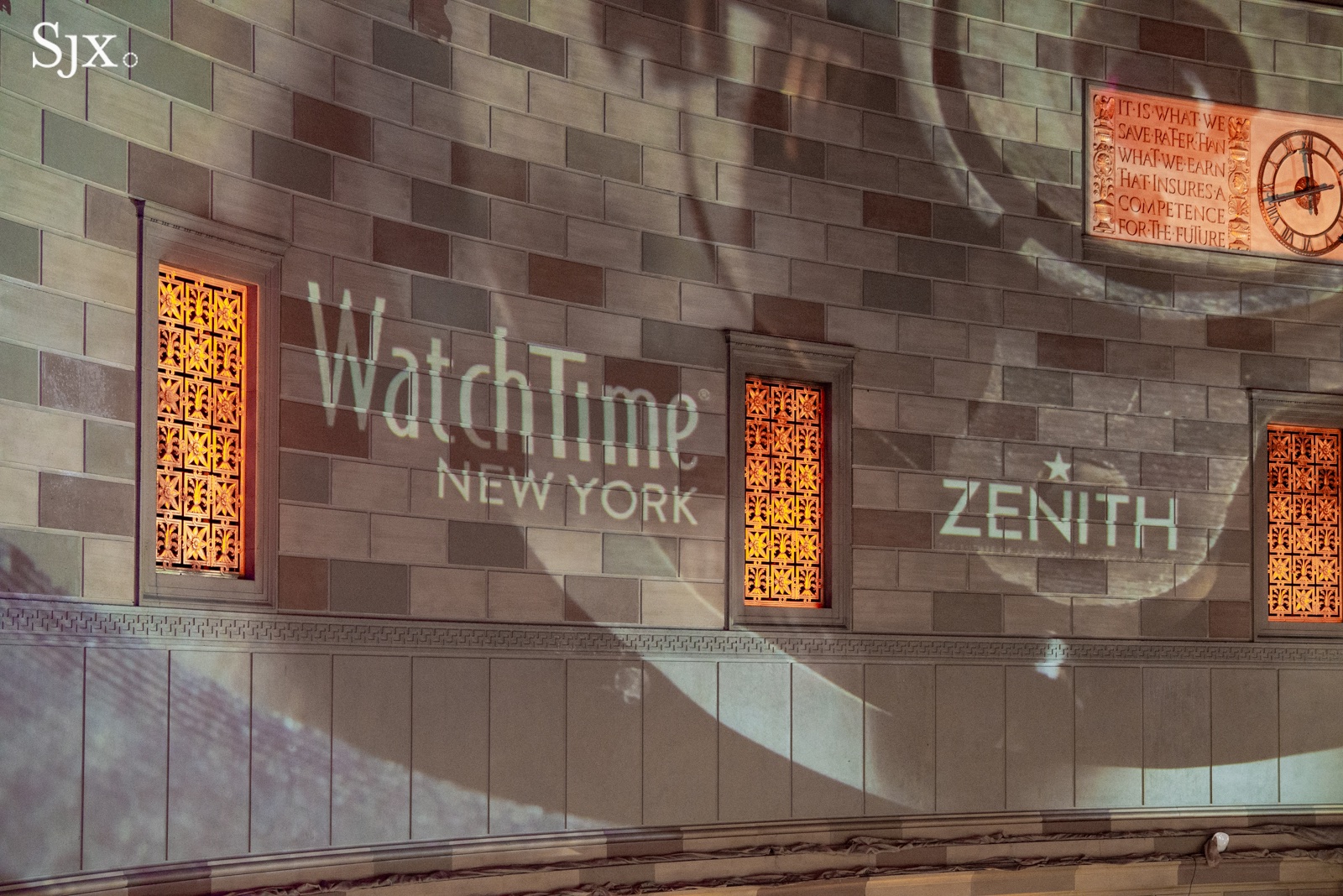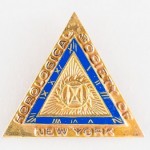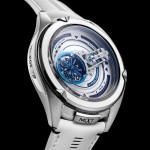Patek Philippe Star Caliber 2000 Under the Hammer at Sotheby’s Abu Dhabi
For the first time, a complete set of four at auction.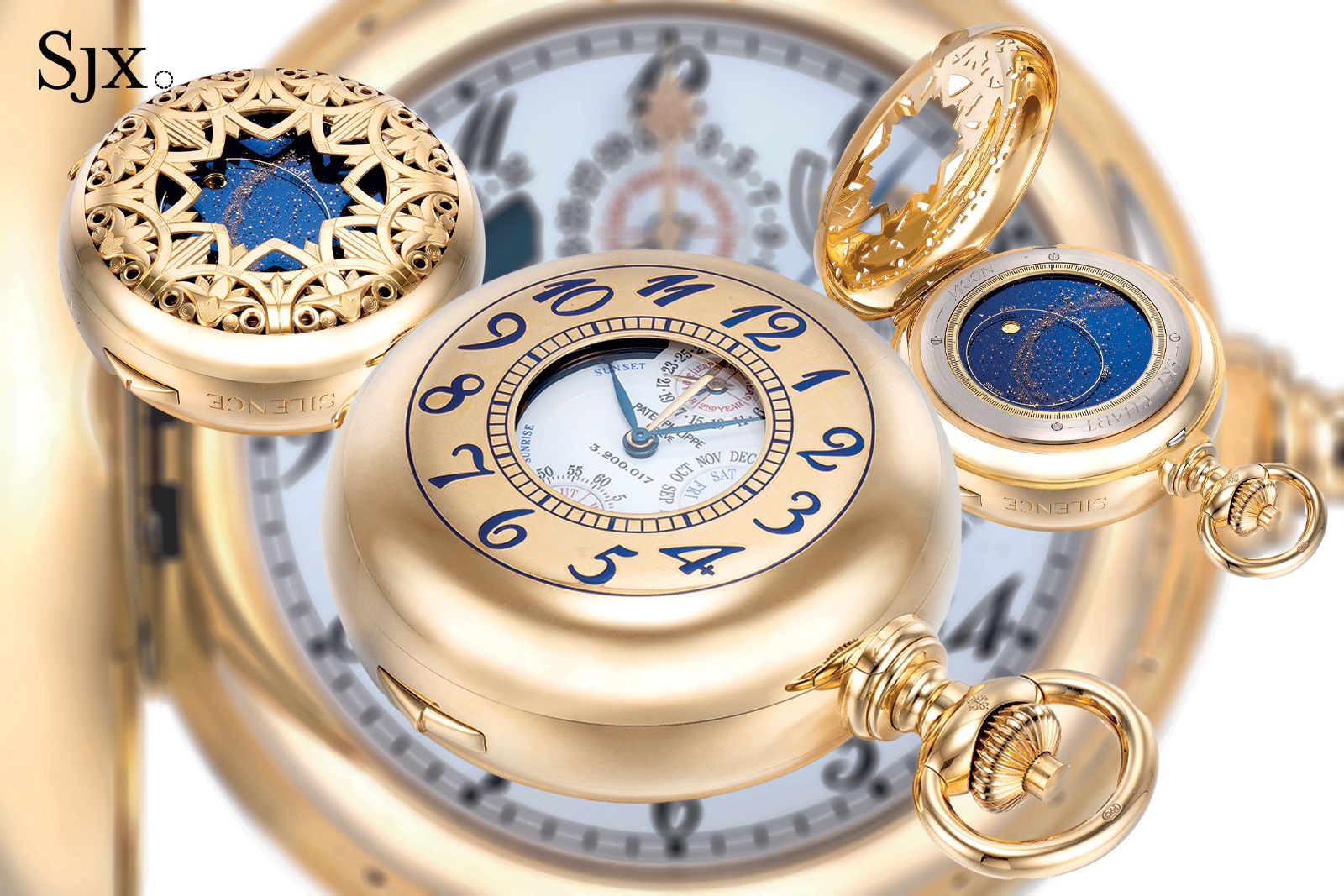
The Patek Philippe Star Caliber 2000 stands as one of the most technically ambitious pocket watches of the modern era. Launched to mark the turn of the millennium, it was the fourth most complicated watch in the world at its debut, but its true significance lies not in numbers, but in the ingenuity of its mechanisms, which redefined how grand complications could be conceived, engineered, and executed.
An original complete set of four Star Caliber 2000 watches is being offered for sale by Sotheby’s at its first-ever watch auction in Abu Dhabi, which takes place in December. The first complete set to ever appear publicly, the sale will likely draw significant attention from collectors and institutions alike.
The technical significance of the Star Caliber 2000
The Star Caliber 2000 was and is a remarkable achievement in watchmaking, but it was never the world’s most complicated watch. When it debuted, the Star Caliber 2000 ranked fourth in the official tally of complications, behind the Patek Philippe’s own Caliber 89 and the famous Henry Graves Super Complication from 1932, as well as the lesser-known Leroy 01 from 1904.
Over the past quarter century, the Star Caliber 2000 has fallen down the rankings as more complicated watches, for both the pocket and the wrist, have been developed by Vacheron Constantin and Audemars Piguet.
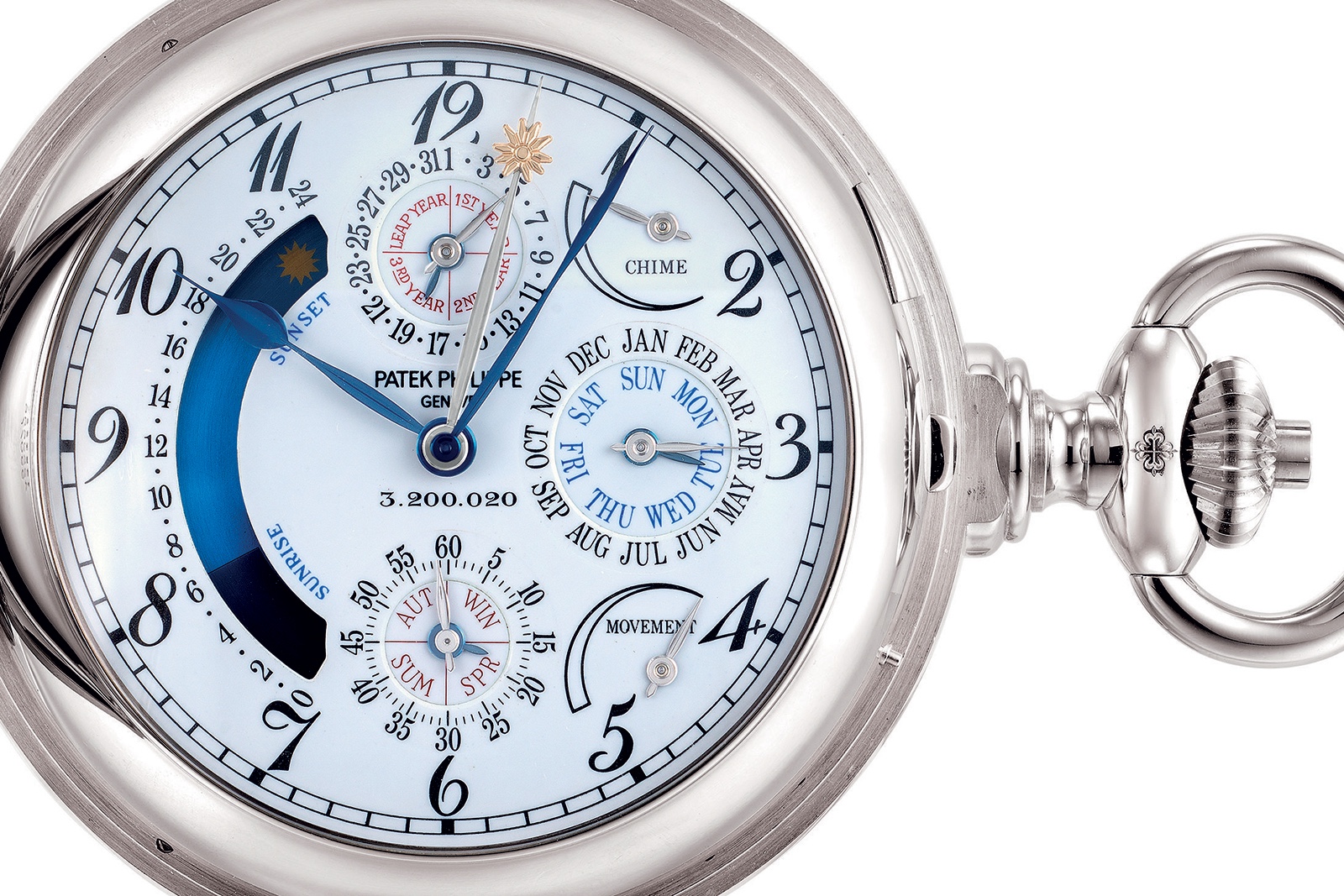
But the Star Caliber 2000 should not be judged solely by this kind of ranking, which is largely superficial. The watch is packed with a number of groundbreaking functions and features six patents (four relating directly to complications and two to utility devices) that have resulted in a significant change to our understanding of how super-complications can be designed.
Moreover, the Star Caliber 2000 is currently the last super-complication pocket watch developed by Patek Philippe, and remains a benchmark reference in contemporary watchmaking.
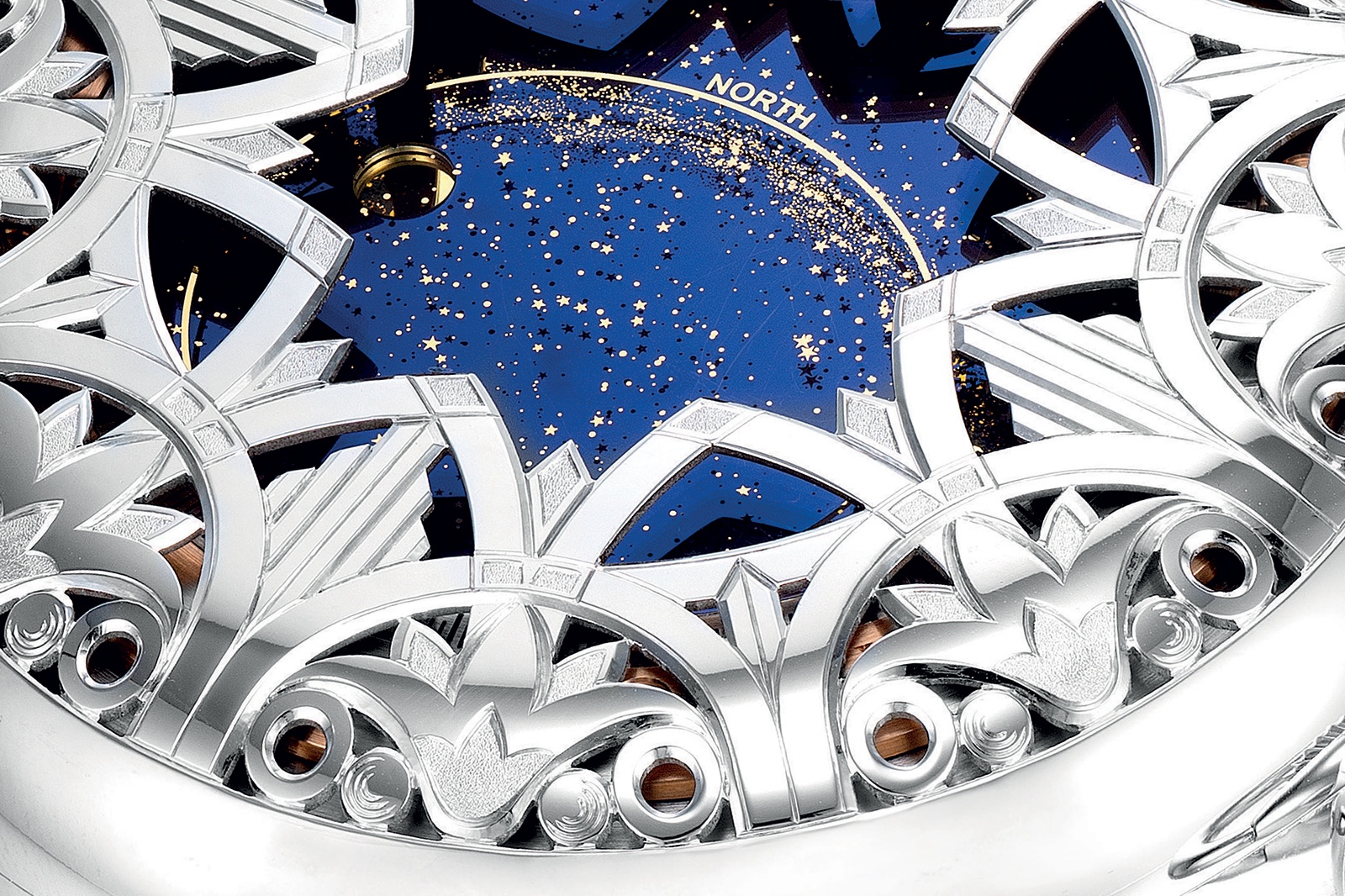
The most sonorous complication is the grand sonnerie with five gongs, which strikes in the same pattern as Big Ben (and the other bells) in Elizabeth Tower in Westminster. When the grand sonnerie is activated, the quarters always strike first, followed by the hours. The minute repeater also sounds in an unusual order: first the quarter chimes, then the minutes, and finally the hours.
Another outstanding feature is its namesake star chart with orbital moonphase, the first complication of its kind, later seen in the Sky Moon Tourbillon ref. 5002 and Celestial ref. 5102.
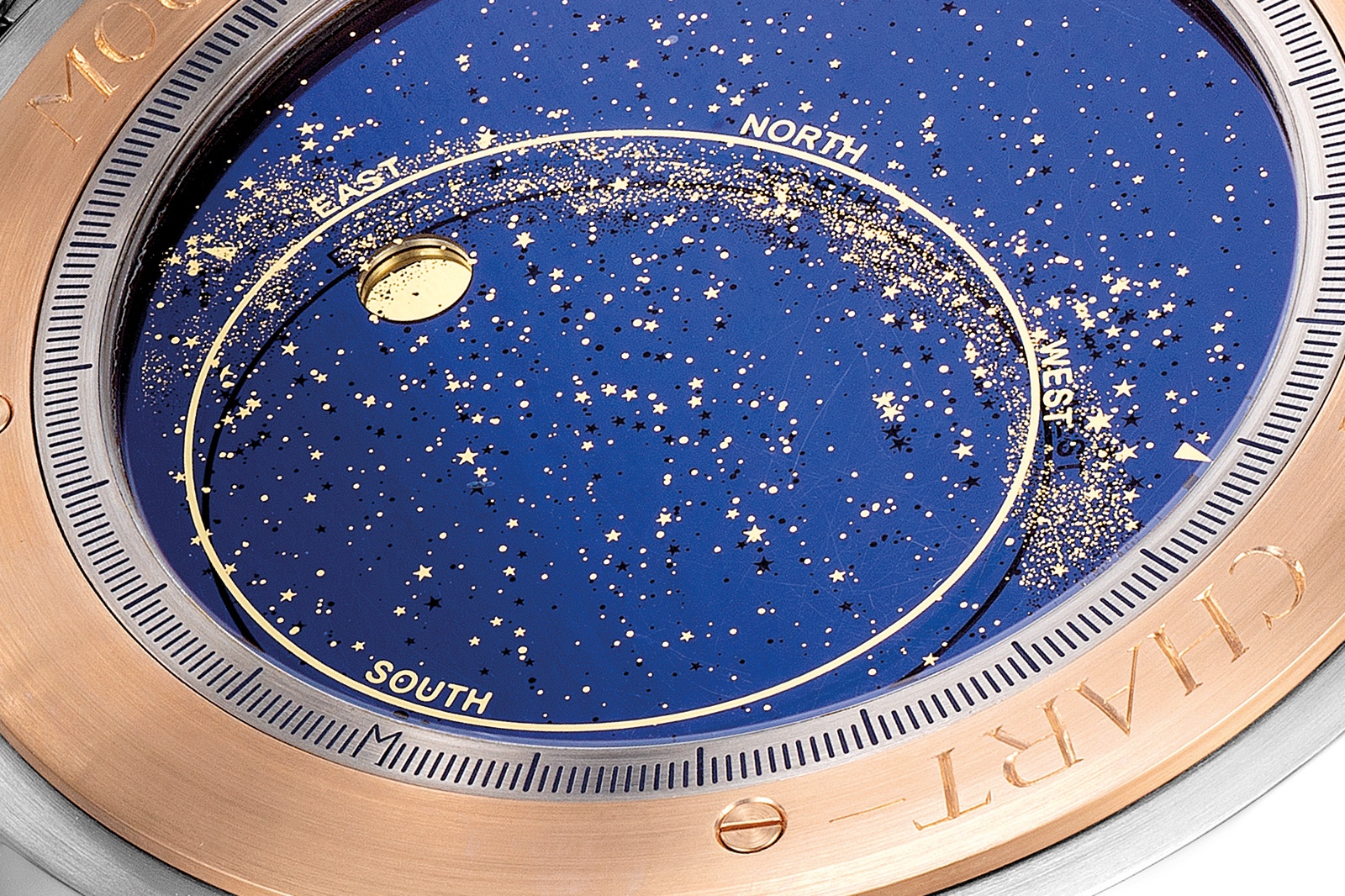
Like many great masterworks of haute horlogerie, the Star Caliber 2000 was a team effort. Patek Philippe enlisted legendary case maker Jean-Pierre Hagmann to produce the case, which was hand engraved by Christian Thibert.
The contribution of the watchmaking team, led by Jean-Pierre Musy, who assembled and precisely adjusted each movement from 1,118 elaborately finished components, cannot be overstated.
Details on the present lot
Patek Philippe produced five four-watch sets of the Star Caliber 2000, adding up to 20 pieces in total. One set featured all four pieces in platinum, while the other four sets featured watches in yellow gold, rose gold, white gold, and platinum. The production run began with movement number 3’200’001 and ended with number 3’200’020.
The current lot is the fifth set of Star Caliber 2000 watches, marked with movement numbers 3’200’017 to 3’200’020.
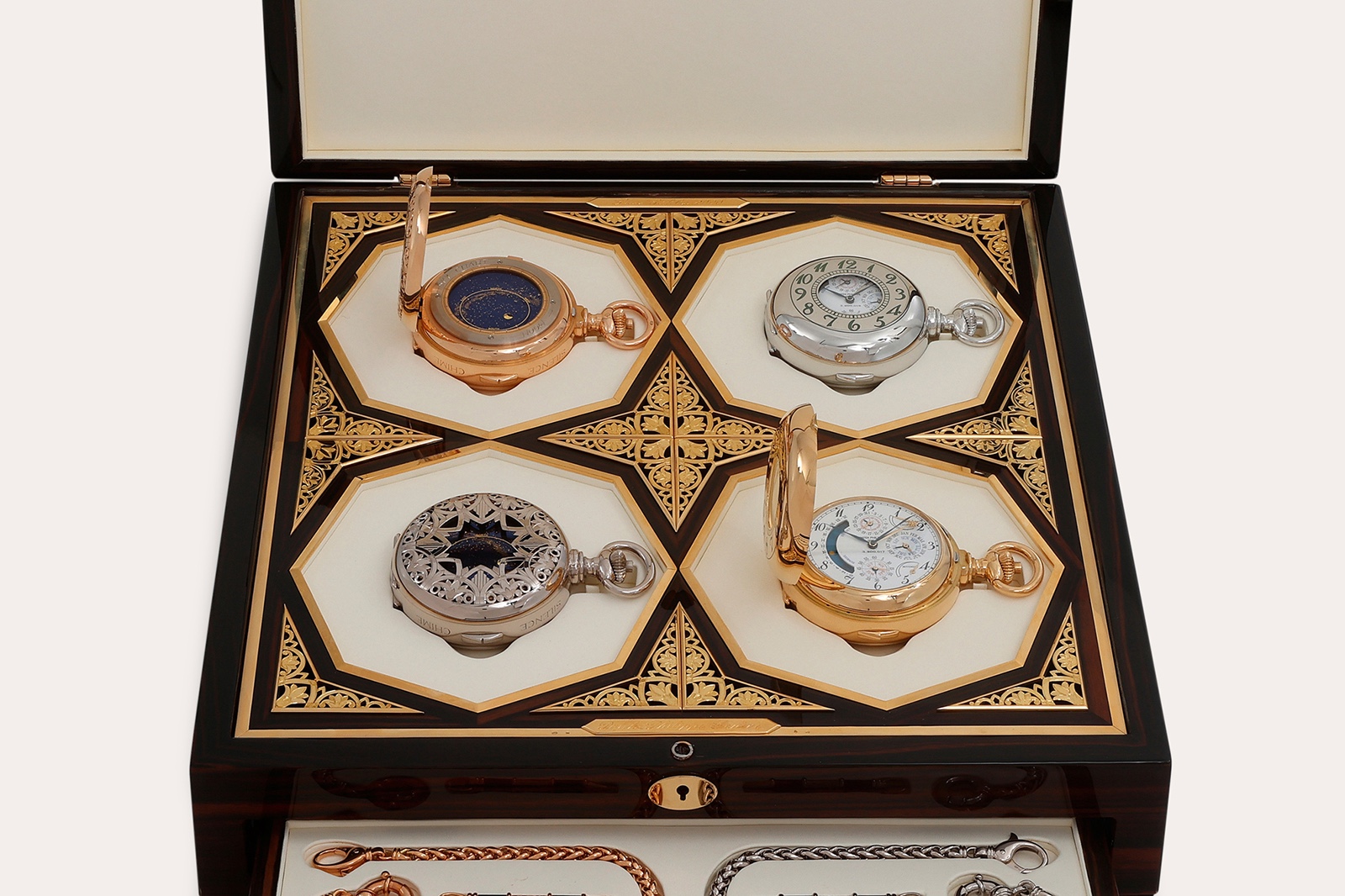
For completeness, it should be added that Patek Philippe made at least one prototype, possibly two judging by the serial numbers. The Star Caliber 2000 prototype displayed at Patek Philippe’s Grand Exhibition in Singapore in 2019 bore the serial number 3’200’022, which is outside the numbering range of the production models.
It is also important to note that the second set of Star Caliber 2000 watches, numbered 3’200’005 to 3’200’008, has been broken up, as the first watch from this set, in 18k yellow gold, was sold by Christie’s in 2012.
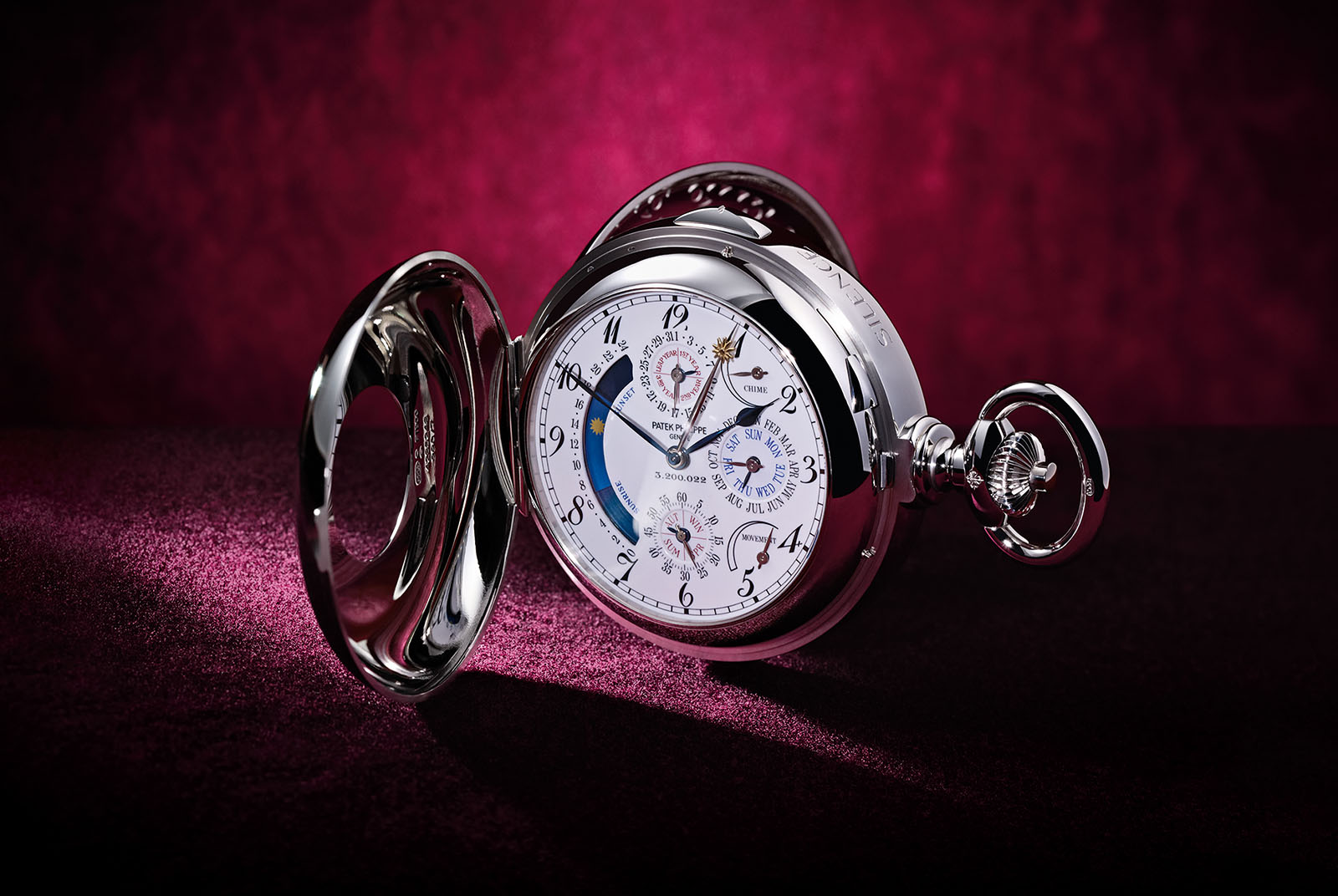
The Star Caliber shown at exhibition with movement number 3’200’022. Image – Patek Philippe
Valuing a unicorn
The original retail price of the Star Caliber 2000 set, comprising three gold timepieces and one in platinum, was CHF13.2 million in 2000, equivalent to about US$7.5 million at the time and roughly US$14 million today.
Since then, just one example has surfaced: a piece in yellow gold bearing the movement number 3’200’005. It was offered by Christie’s in late 2012 and sold for about US$3.3 million, near the middle of its estimate, which works out to about US$4.5 million today.
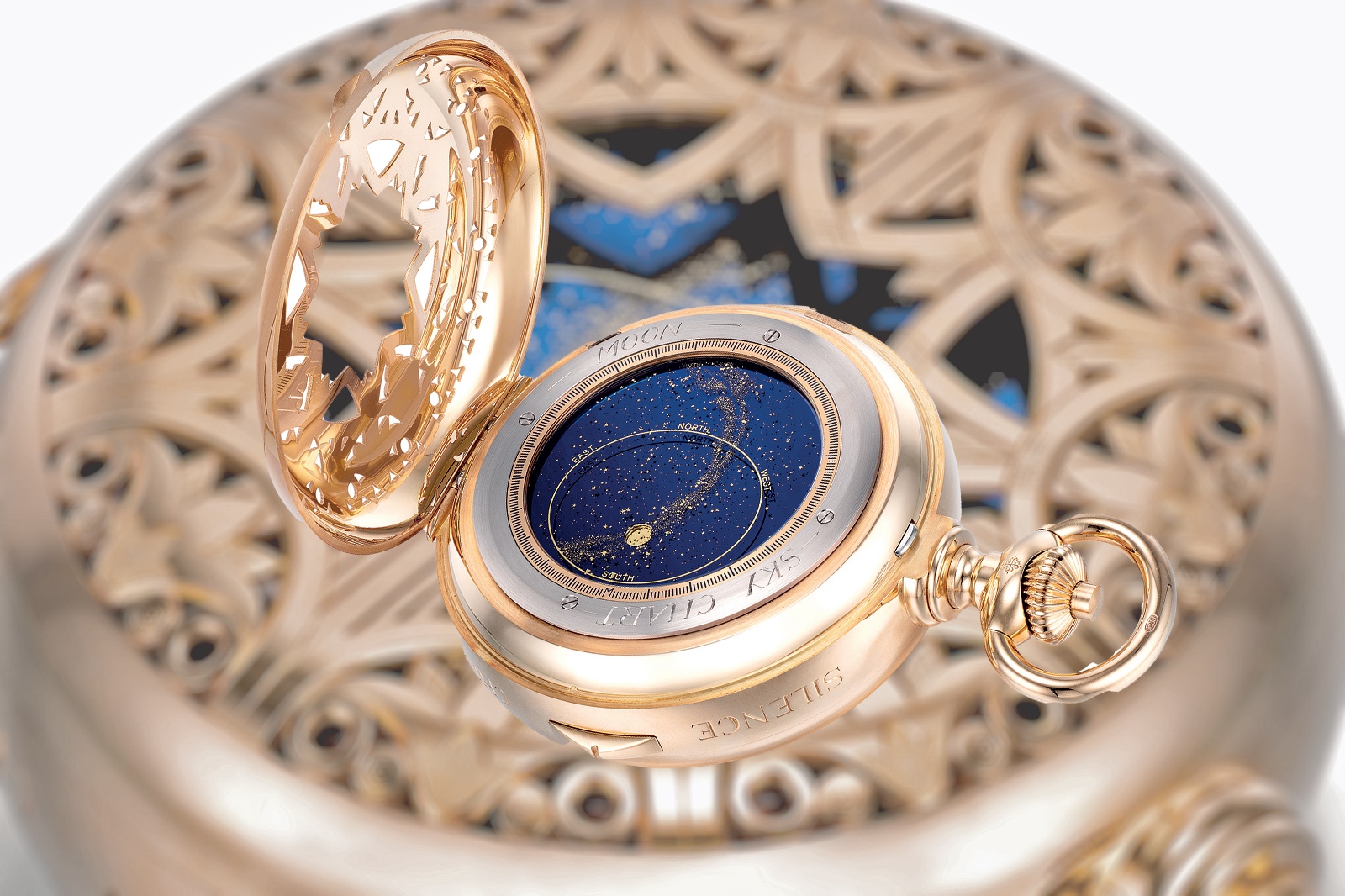
The estimate for the current lot is in excess of US$10 million, which seems reasonable given it’s a complete original set of all four watches. That said, with so few relevant precedents (seven-figure watches are rarely sold in sets as is the case here) its fate will not be certain until the hammer falls.
An auspicious venue
The December watch auction is Sotheby’s first in Abu Dhabi, and comes after ADQ, the emirate’s sovereign investment fund, acquired a minority stake in the firm in late 2024. While many details remain confidential, it was widely understood that Sotheby’s would be obliged to hold auctions in Abu Dhabi as a condition of the investment. With so much attention on this inaugural sale, expect a strong showing.
For more, visit Sothebys.com.
Back to top.

